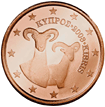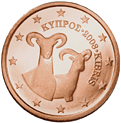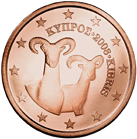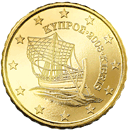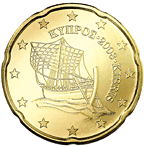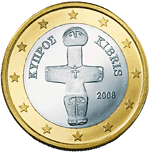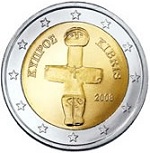Useful Information! |
Few words about Neo Chorio |
|
|---|---|
|
Useful Telephones
|
||||||||||||||||||||||||||||||
|---|---|---|---|---|---|---|---|---|---|---|---|---|---|---|---|---|---|---|---|---|---|---|---|---|---|---|---|---|---|---|
(The International country calling code of Cyprus is +357) |
||||||||||||||||||||||||||||||
Some Phrases in Greek
|
|
|---|---|
|
|
Top 5 Things to do in Polis/Latchi (Suggested) |
|
|---|---|
1 - Explore the Akamas peninsula! |
|
|
The Akamas Peninsula is an area of outstanding natural beauty - deep gorges, a wild landscape, wide sandy bays. It is also an area of great biodiversity and ecological significance. Home to 530 plant species and ideal for walkers. Located in the west of Cyprus, the Akamas peninsula covers approximately 230 square km and is where you will find wild untouched landscape, amazing natural beauty, deep gorges and stunning sandy bays. |
2 - Visit Latchi harbour and Marina! |
|
Latsi Marina is the newest marina in the Paphos region of Cyprus. The fishing harbour has been recently extended providing many more berths for yacht and boats. Here you can dock right outside the restaurants and cafes and are within walking distance from everything.
|
|
3 - Discover Neo Chorio village! |
|
 |
A wonderful example of a typical old Cyprus village. See old houses restored in traditional stone. Watch old ladies weaving in the traditional way. Visit the village pottery shop. Enjoy authentic home cooked food at Taverns and restaurants. |
4 - Boat along the Akamas! |
|
 |
Choose an organised trip or hire a private speed boat - it's good value for a small group. Don't forget your swimming costume for that dip in the blue lagoon! |
5 - Try a new watersport! |
|
 |
|
Top 5 Places to Visit in Paphos area (Suggested) |
|
|---|---|
1 - Aphrodite Rock! |
|
This famous landmark is located between Limassol and Paphos and is something not to be missed. Cyprus is extremely proud of its ancient past and this includes the fact that it is the birthplace of the Greek Goddess Aphrodite who was the Goddess of love and beauty. Legend has it that Aphrodite emerged from the sea in a surge of amazing sea foam in 1200 BC at this point and it is believed that she herself choose Aphrodite’s rock as the ideal location to begin her life as a mortal. |
|
2 - Paphos Castle! |
|
|
Paphos castle is located in Kato Paphos at the harbour. This castle was originally built to protect the harbour and was a Byzantine fort. During the 13th century the castle was rebuilt by the Lusignans. In 1570 however, the castle was once again destroyed by the Venetians who at that time were unable to protect the castle from the ongoing attacks by the Ottomans. The Ottomans succeeded in gaining access to Paphos and during the Ottoman rule the castle was once again restored, expanded, and strengthened to what it is today. |
3 - Tombs of the Kings! |
|
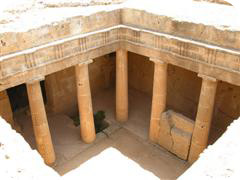 |
Located only 2km north-west of Paphos harbour these underground tombs are carved out of solid rock
and are a sight to behold spreading out over a vast area of landscape. Many of these tombs date as far
back the the 4th century BC and are thought to have been burial sites for high officials and aristocrats.
No Kings are actually buried here and the name itself originates from the magnificence of the tombs.
|
4 - Paphos Mosaics! |
|
Paphos Mosaics are considered to be the finest mosaic in the Eastern Mediterranean, located beside the harbour.These striking mosaics are a must see and many of them show scenes from Greek Mythology. They date from the 2nd century through to the 5th century and many are still in remarkable condition. These mosaics would have originally been the floors of Roman noblesmen’s villas and many of these sites are still being excavated today. |
|
5 - Baths of Aphrodite! |
|
The "Baths of Aphrodite" is an area in the Akamas between Polis and Cape Arnaouti. It derived its name from a small grotto shaded by an old fig tree, in the waters of which, legend has it, the goddess Aphrodite used to bathe. According to mythology, this is where she met her lover Adonis. The site is on the Aphrodite Cultural Route. |
|
Traditional Cypriot Food |
||
|---|---|---|
|
Traditional Cypriot drinks |
||||||
|---|---|---|---|---|---|---|
|
Public holidays in Cyprus |
||||||||||||||||||||||||||||||
|---|---|---|---|---|---|---|---|---|---|---|---|---|---|---|---|---|---|---|---|---|---|---|---|---|---|---|---|---|---|---|
|
Drive in Cyprus |
|
|---|---|
|
Transportation in Cyprus |
|
|---|---|
|
Cypriot euro coins |
|||||||||||||||||||||||||||
|---|---|---|---|---|---|---|---|---|---|---|---|---|---|---|---|---|---|---|---|---|---|---|---|---|---|---|---|
|
|||||||||||||||||||||||||||
Other Useful Information |
|
|---|---|
|
![]()




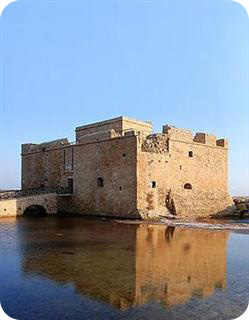
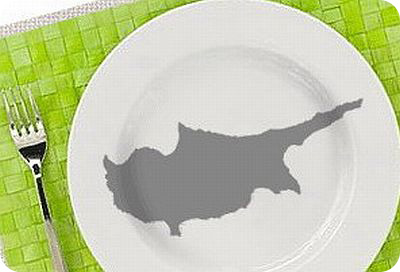

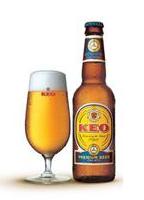
.jpg)

